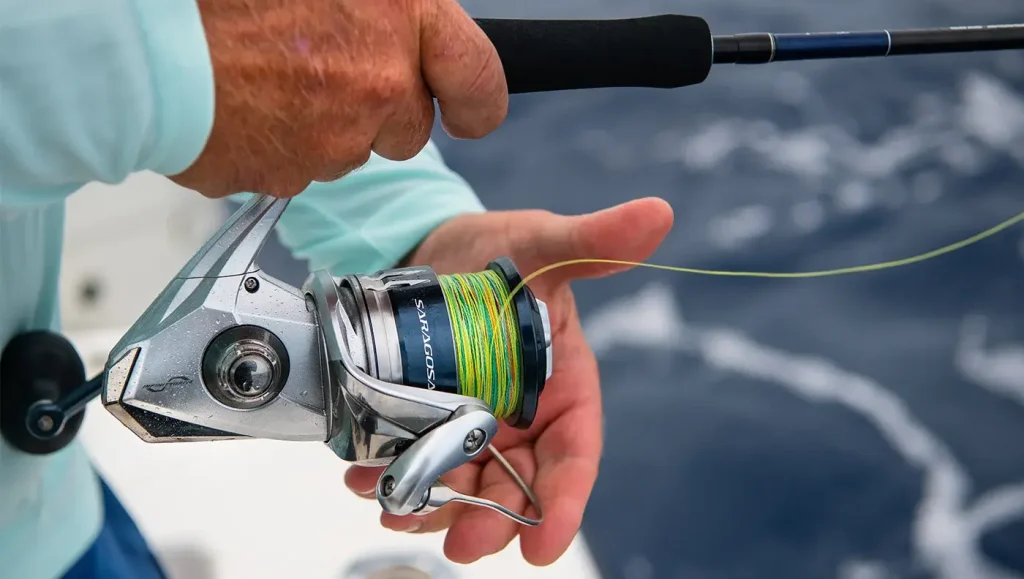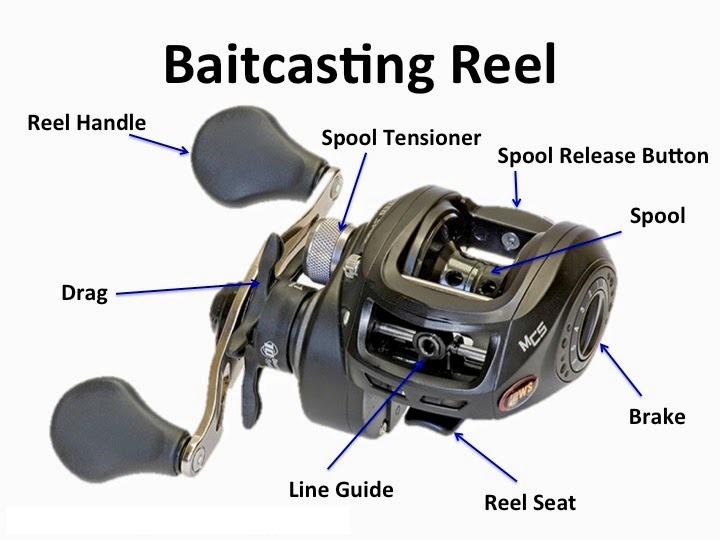
Listen up, fellow anglers! If you’ve ever experienced the frustration of a tangled mess of fishing line – also known as a “professional overrun” if you’re feeling fancy, or a “bird’s nest” if you’re not – then you know how important it is to spool your reel correctly.
I’ve had my fair share of line disasters. There was the time I spent an hour untangling a baitcaster backlash the size of a grapefruit (talk about a humbling experience). And then there was the time my line snapped on the first cast of the day because I hadn’t spooled it tight enough.
But I’ve also learned from my mistakes and developed a foolproof method for spooling both spinning and baitcasting reels. So, grab a cup of coffee, settle in, and let’s dive into the art of spooling – because a well-spooled reel is the foundation of a successful fishing trip.

The spinning reel is the most popular type of reel for beginners, and for good reason. It’s easy to use, versatile, and relatively tangle-free. But that doesn’t mean you can just slap some line on there and call it a day. Proper spooling will ensure your line flows smoothly, preventing those dreaded bird’s nests and maximizing your casting distance.

This method is as simple as it gets. All you need is a bucket filled with water.
If you want a bit more control over your line tension, you can skip the bucket and apply tension manually.
Baitcasting reels are a bit more complex than spinning reels, but they offer greater casting distance and accuracy. They’re also more prone to backlash (a tangled mess of line that can ruin your day). But don’t worry, I’ve got your back.

This method is a good starting point for beginners because it helps ensure proper line alignment and reduces the risk of backlash.
This method is a bit more advanced, but it gives you maximum control over line tension and lay. You’ll need a helper for this one.
Pro Tip: Before you start reeling, make sure the drag on your baitcaster is set properly. The drag controls how easily line comes off the spool when a fish pulls. If it’s too loose, you’ll get backlash. If it’s too tight, you might break the line.
Even the most experienced anglers run into spooling issues from time to time. Here are a few common problems and how to fix them:
I remember a particularly frustrating day when I kept getting backlash after backlash. I was ready to throw my reel into the lake! But then I took a deep breath, adjusted my brake settings, and focused on my thumbing technique. Eventually, I got the hang of it, and the rest of the day went smoothly.
Spooling your reel might not be the most exciting part of fishing, but it’s an essential skill that can make or break your trip. By following these simple tips and tricks, you can avoid frustrating line problems and focus on what really matters: catching fish!
Remember, practice makes perfect. The more you spool your reels, the better you’ll get at it. And don’t be afraid to experiment with different methods and techniques to find what works best for you.
So, get out there, cast your line, and reel in the memories!